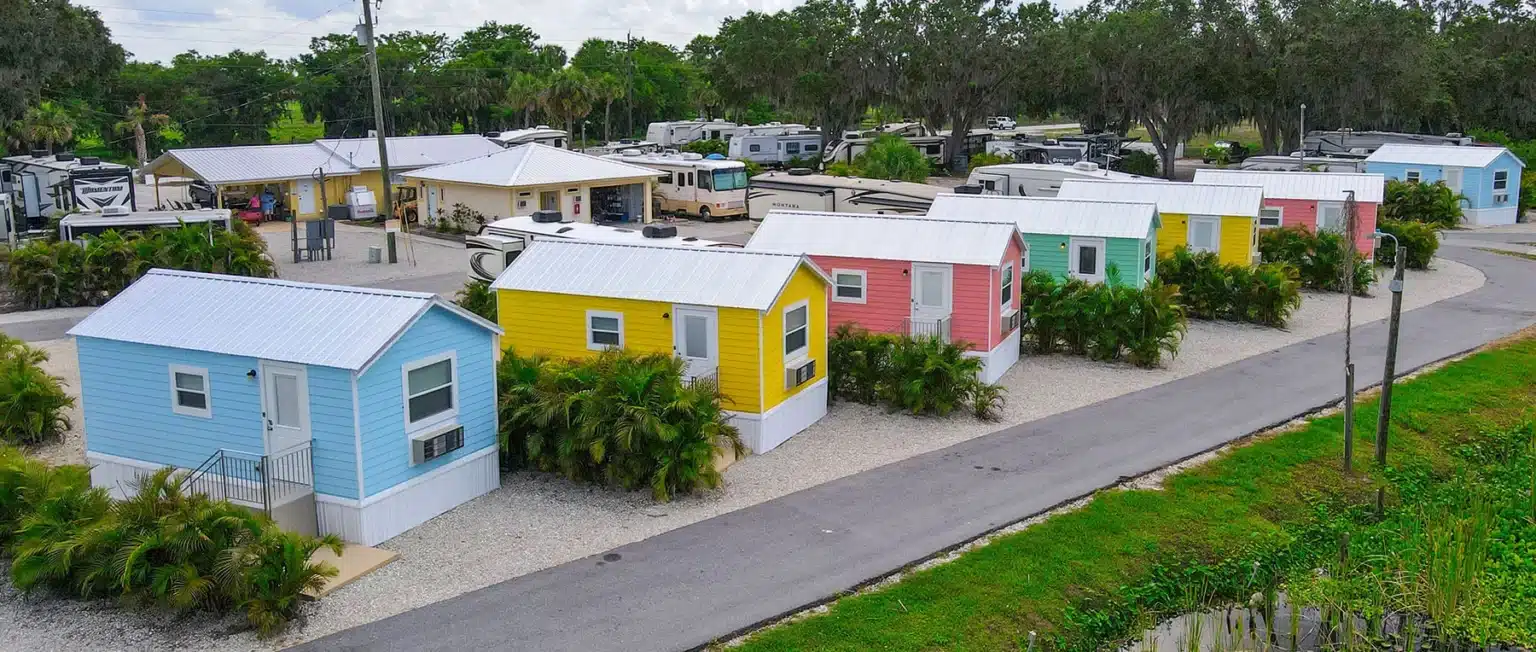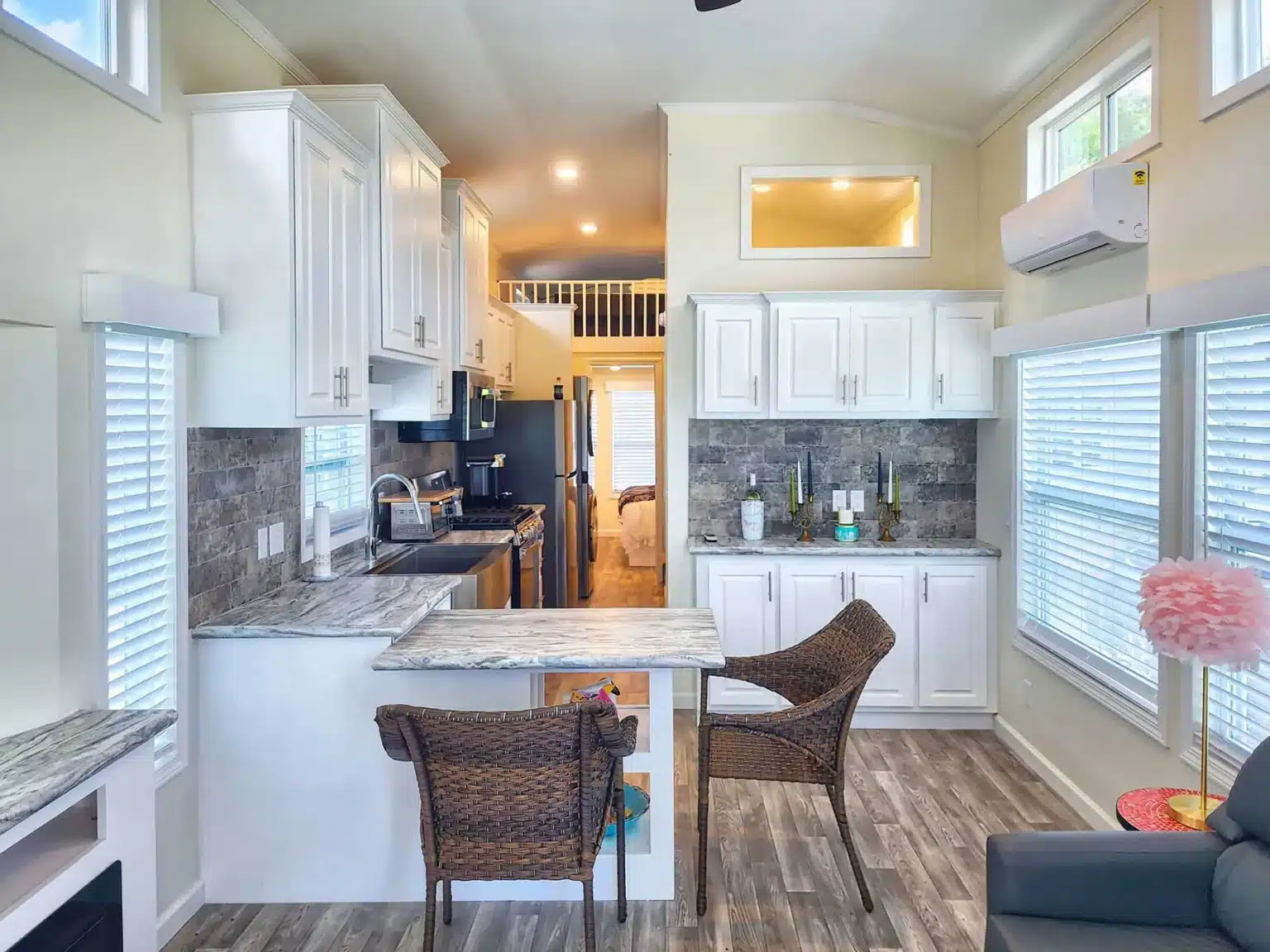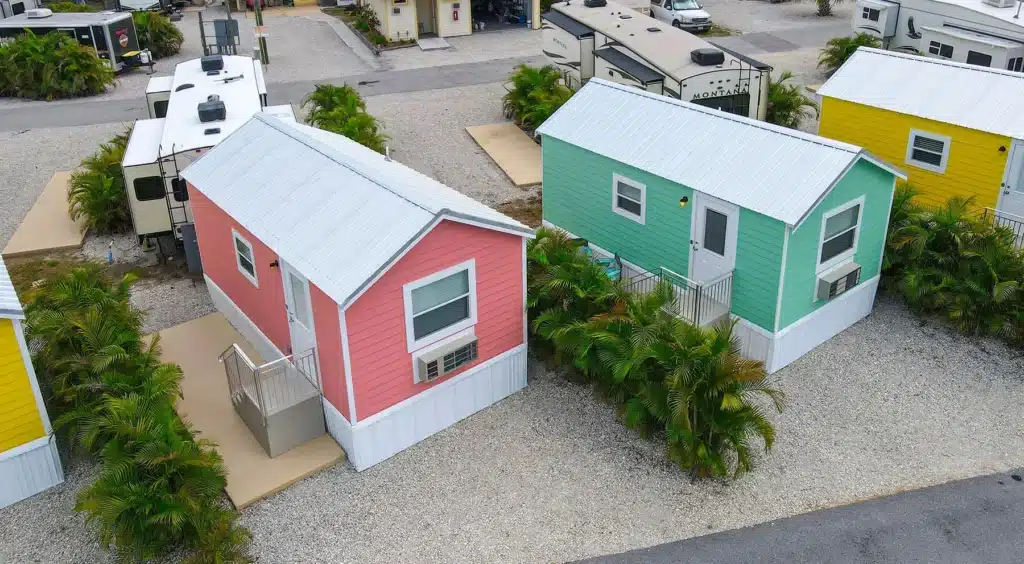
The Tiny House Movement: A Journey into Simplicity and Sustainability
Origin of the Tiny House Movement
So, what exactly is a tiny house? While there is no universally accepted definition, the consensus is that a tiny house has a floor area of 400 square feet or less. However, some enthusiasts argue that anything below 1,000 square feet can be considered a tiny house as long as it follows the principles of simplicity and sustainability. Tiny houses come in various forms, including tiny homes on wheels, container homes, and even treehouses.
The Appeal of Tiny Houses

Airbnb's Role
Environmental Impact
Popularity in the United States
Its affordability is another force driving the tiny house movement in the United States. With an average cost of $52,000, a staggering 87% cheaper than the average U.S. home, tiny houses provide a feasible alternative to the traditional home-buying experience. This financial advantage becomes a lighthouse guiding those seeking a path to homeownership without the weight of exorbitant costs.
Remarkably, more than 80% of tiny house owners report carrying less financial burden than the average U.S. citizen. This revelation underscores the financial freedom associated with the tiny house lifestyle and encourages individuals to liberate themselves from the shackles of excessive debt.

The Future of Tiny Houses
As we navigate the landscape of the tiny house movement, we find more than just small structures; we discover a profound shift in perspective. With their rich history and evolving trends, tiny houses, park model homes, cottages, and cabins are not merely architectural novelties; they represent a collective desire for intentional, sustainable, and financially mindful living. As the movement continues to gain momentum, it invites us to reassess the true meaning of home and encourages a departure from excess to embrace a simpler, more purposeful life. So, whether you choose to live in one or place it in campgrounds, RV parks, resorts, hunting and fishing camps, overnight camps, or other unique outdoor venues, or find inspiration in its principles, the journey into minimalism and sustainable living is worth exploring.

